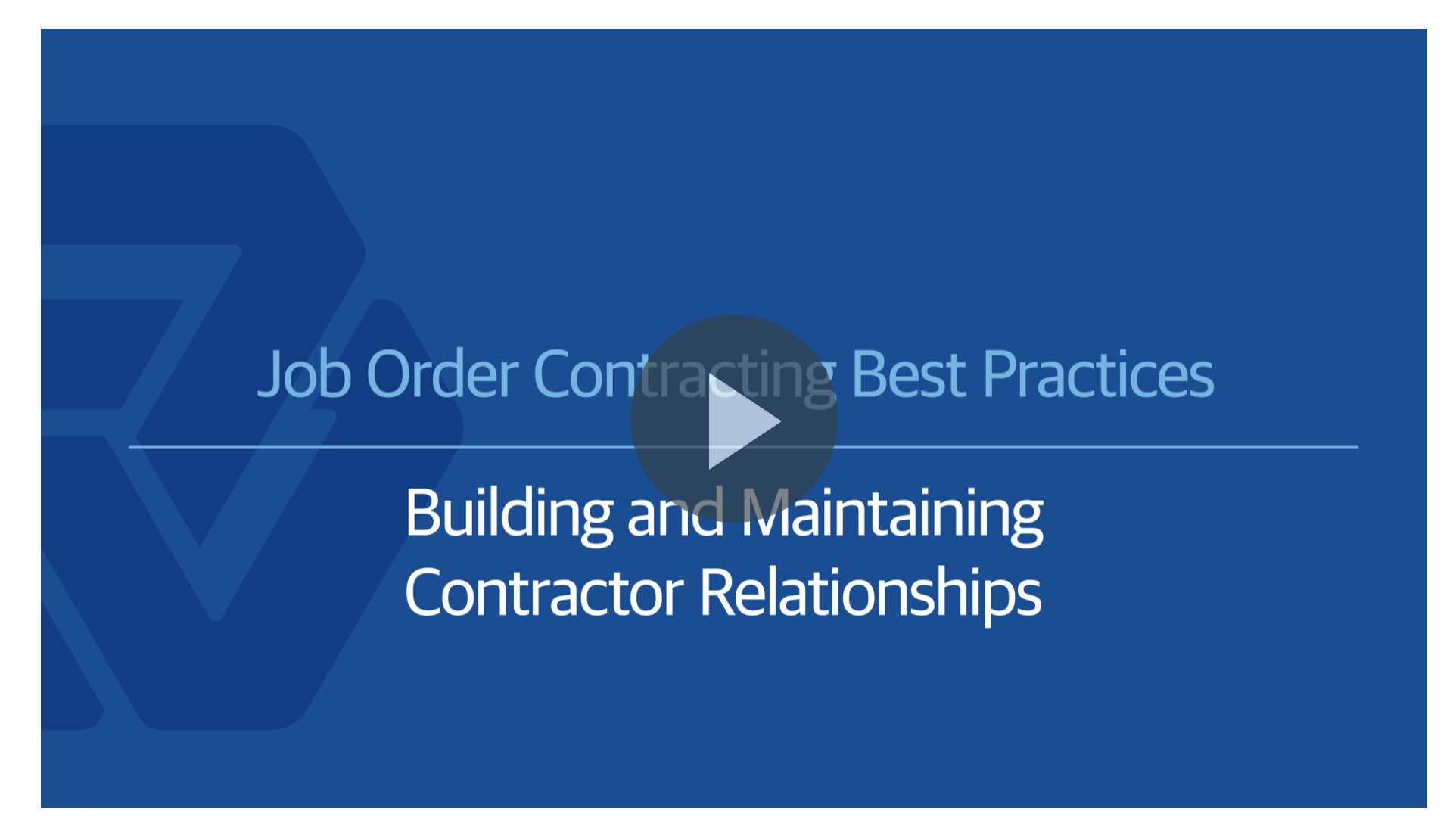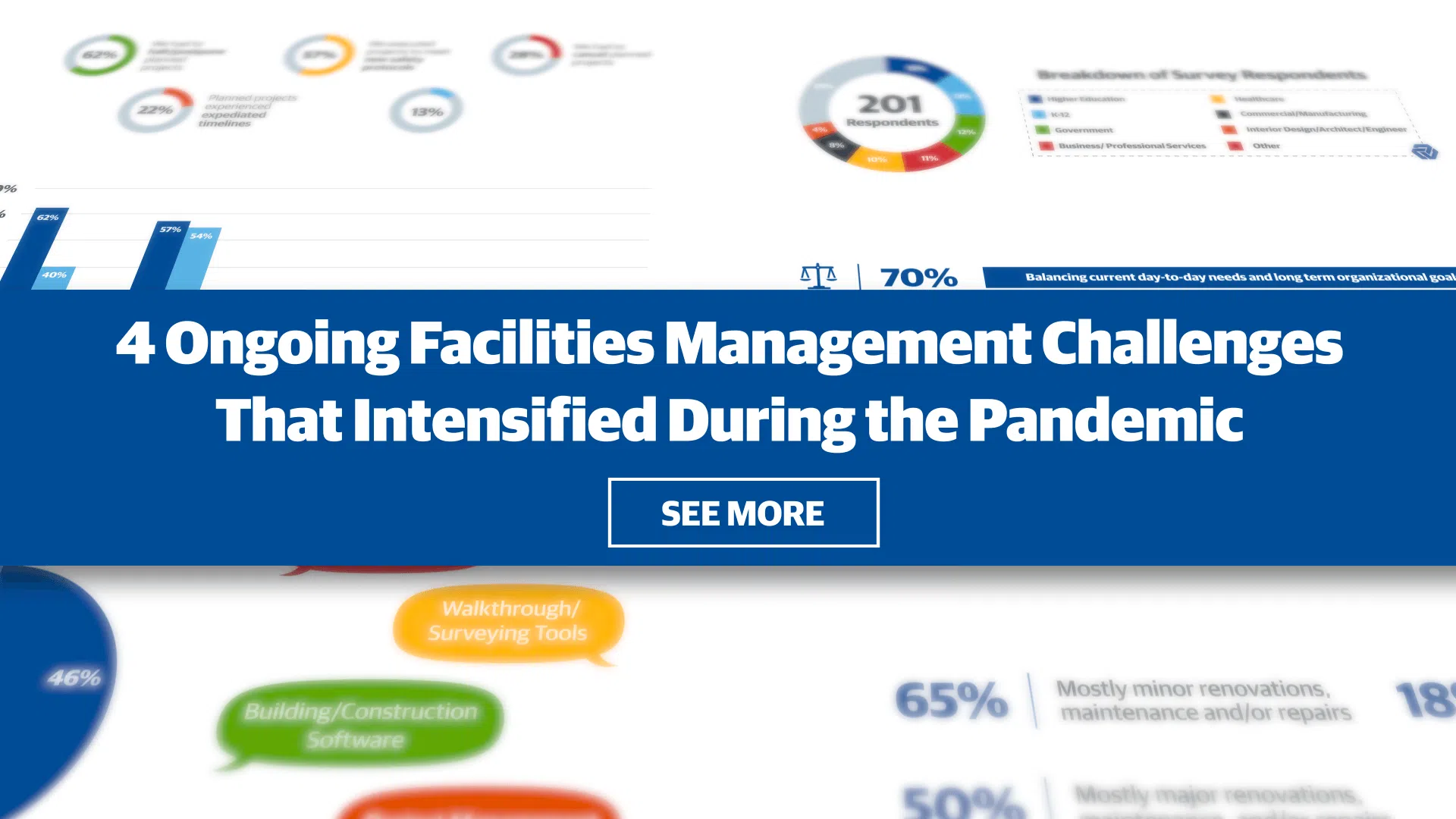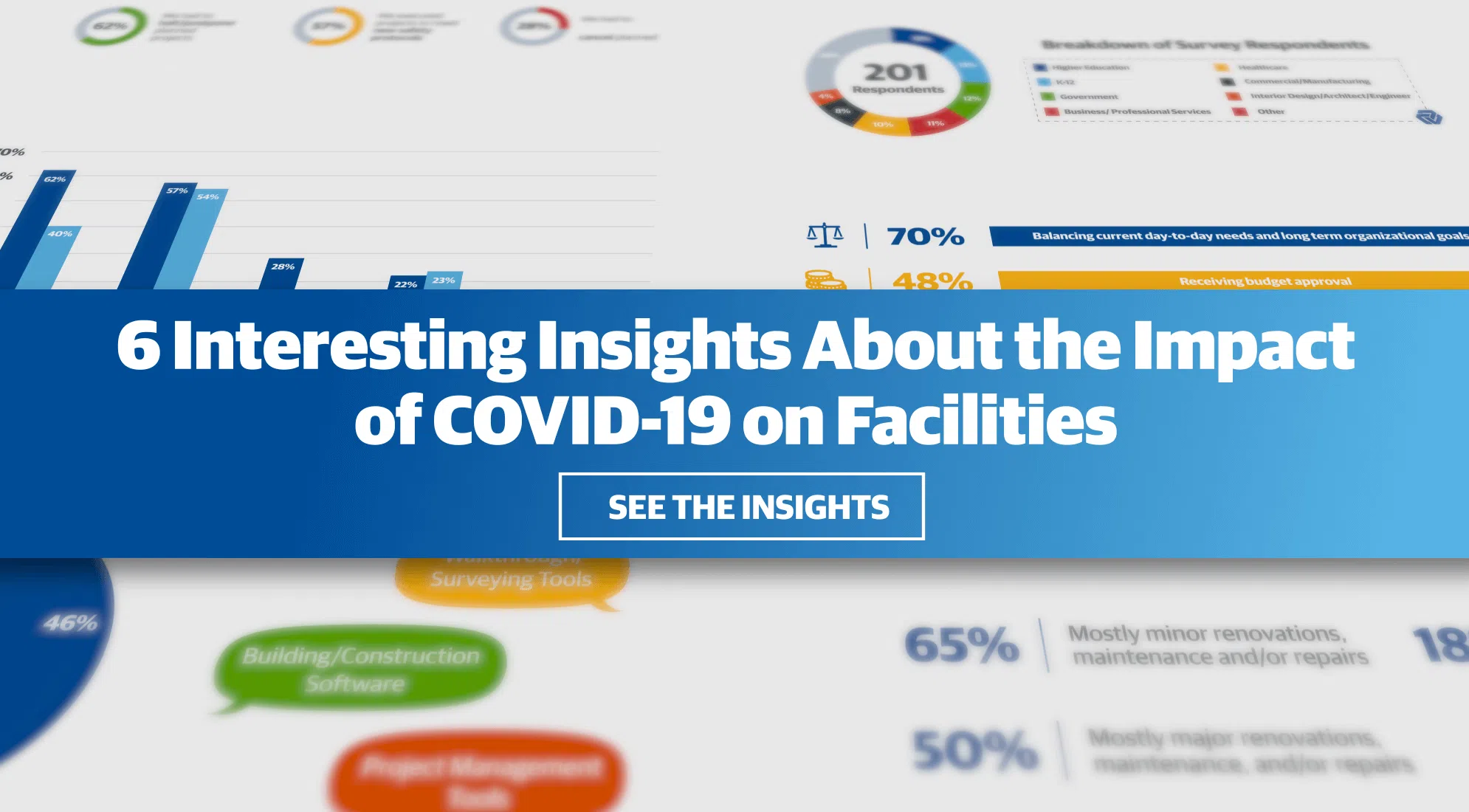Between leased and owned spaces, the federal government operates 130,000 facilities across the nation. The sheer size of that building portfolio creates an uphill climb for federal facilities management. Whether those facilities are single floors in downtown high-rises or expansive military hangers, the financial weight of maintaining their floors, roofs, IT systems, plumbing, HVAC and various other systems and finishings falls to the government.
To be sure, if any single payer could handle that burden, the federal government of the world’s largest economy would be it. And yet, an increasing number of these facilities are outdated or falling into disrepair. Take, for example, the General Services Administration (GSA), which operates 9,600 of those 130,000 buildings, totaling 376.9 million square feet of property. Of that square footage, 86.9 million – roughly 23% of GSA’s total footprint – is in poor condition. And this issue of federal facilities management has real effects on our nation.
Why Does It Matter?
The degradation of government facilities and their grounds can take a dual toll on agency effectiveness. First, ineffective facilities inhibit the delivery of essential services to both the public and intra-government clients. Inoperable workstations reduce points of contact and increase service delays. Damaged parking lots cut down on the number of clients an agency branch can serve. Outdated HVAC, plumbing, IT or electrical systems can consume operations budgets, while malfunctioning systems can temporarily shut down entire facilities.
Second, outdated facilities increase employee dissatisfaction. Low worker morale reduces the effective delivery of services, lessening the ability of an agency to fulfill its mission. That reduction in employee effectiveness inflates the cost per task, potentially diverting funds from other programmatic efforts. The result is that the agency pays more, while the public receives less.
What’s Challenging Federal Facilities Management?
In a system as large as the federal government, it should come as no surprise that the causes of this issue are numerous and varied. While there may be specific regional forces affecting the aging of federal facilities, a few key factors remain constant regardless of location and have combined to lay an unsteady foundation for the upkeep of federally owned facilities.
1. Higher Project Costs
Studies conducted by the GSA have found that government costs for facilities repairs and alterations trend 15-20% higher than those for private projects. Part of this is due to extra requirements for government projects, like contractor vetting and security clearances. All of that adds extra time and cost to the project.
Another part is due to some projects demanding higher grade and more durable materials than commercial construction, particularly in projects owned by the DoD. On top of these inflated projects costs, it’s estimated that over half of all construction projects go over budget, meaning the true rise in cost for federal work may be more than 20%.
2. Neglected Facilities
The rate of outdated federal facilities is rising. Pre-pandemic estimates of government real properties note that roughly 45,000 of the 130,000 federally owned facilities are underused and underutilized, many because of poor building conditions. Not only does this mean that the federal government continues to pay for space that isn’t being used, but outdated facilities cost, on average, 15% more to own and operate. The costs associated with the outdated and underused facilities pull funds away from maintaining those that remain mission-critical.
It’s also likely that the number of underutilized facilities has grown since the onset of the pandemic, as remote working has become normalized. As these additional facilities sit underused, they will go largely unmaintained, quickening the degradation of federal properties and growing the snowball of outdated federal buildings.
3. Slower Procurement for Maintenance and Repairs
That snowball of outdated federal facilities creates a race to maintain them before some degrade beyond repair. But the extra steps in federal procurement processes slow down the speed at which the government can complete the necessary repair and maintenance projects.
On top of the elongated procurement times, the higher costs attributed to public projects and the maintenance of outdated buildings leave fewer funds in the maintenance pool. All of it taken together makes it unlikely that the government will end up winning the race.
What Can Be Done?
Just like there is no single cause to this issue, there isn’t a single fix either. A combination of process improvements and a potential funding increase could brighten the outlook for federal facilities management.
First, the government could identify unneeded and underutilized facilities that can be sold to recoup costs and save operations costs, then redirect some of those funds toward maintaining essential facilities.
Second, investments should be made into cloud-based software tools that can be easily accessed by agencies and contractors alike. This will enable procurement processes to be sped up, reducing the lead time and overhead costs needed to complete work.
Lastly, when renovations are being planned, agencies should consider the lifecycle of the materials and systems being used. While short-term fixes may cost less up front, they will come up for renewal sooner, pushing the facility back into outdatedness sooner.
The horizon is looking slightly brighter for outdated federal facilities, as an expected forthcoming infrastructure bill may allocate funding to revamp those buildings still deemed as mission-critical. Although it remains to be seen what level of funding individual agencies might receive , it seems that the next two to four years will bring a new opportunity to rebuild the facilities in their respective portfolios. And as this new wave of funding comes, Gordian can serve as a strategic partner for agencies, helping identify which assets to keep and which projects to prioritize.
Gordian has aided more than 60 federal agencies, subagencies and departments in overcoming the challenges and complexities of federal facilities management. From construction planning and building to facility operations, Gordian empowers agencies and installations to overcome business challenges by delivering critical data, innovative technology and extraordinary services.








